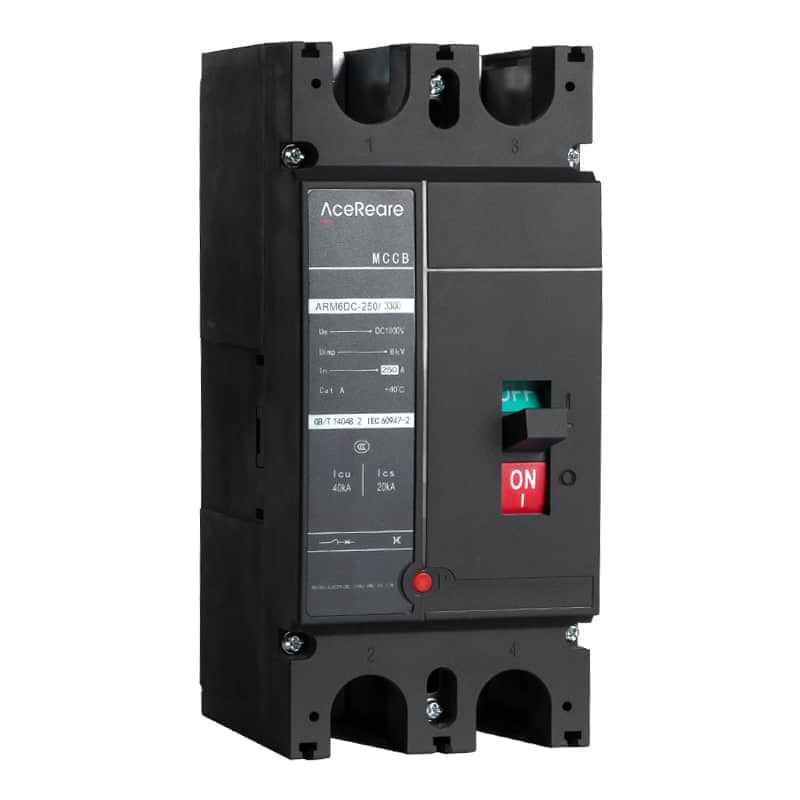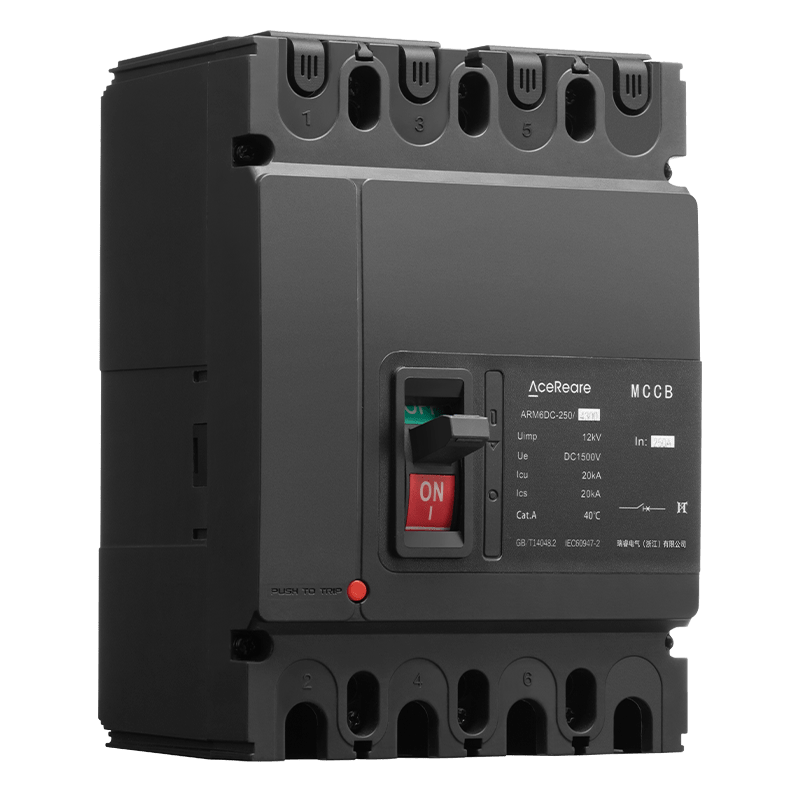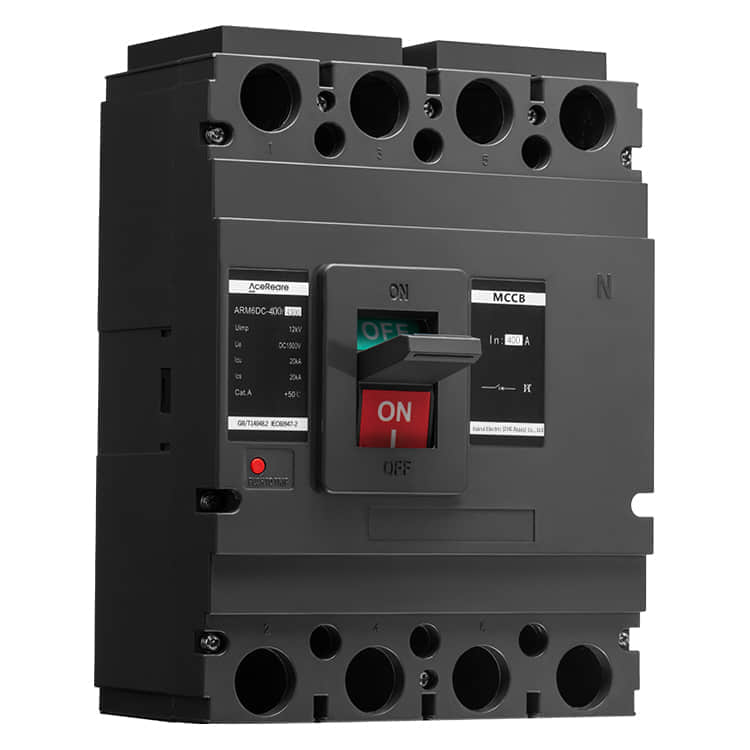In an era defined by our collective commitment to sustainability and clean energy, the photovoltaic industry has witnessed tremendous growth. Photovoltaic (PV) systems harness the power of the sun to generate electricity, reducing our dependence on fossil fuels and minimizing the environmental impact. However, ensuring the safety and efficiency of these systems is paramount. One crucial component in this regard is the Photovoltaic Molded Case Circuit Breaker (PV MCCB), a remarkable innovation that plays a pivotal role in safeguarding PV installations.

Introduction to Photovoltaic Molded Case Circuit Breaker

The Photovoltaic Molded Case Circuit Breaker, often referred to as PV MCCB, is an electrical device specifically designed for use in photovoltaic systems. It serves as a critical link between the solar panels, inverters, and the grid, effectively controlling and protecting the entire system. This innovative circuit breaker is tailored to meet the unique demands of PV installations, ensuring the safety of both the system and the personnel involved. Key Features and Advantages High Short-Circuit Protection:PV systems can produce high short-circuit currents, posing a significant risk if not managed correctly. PV MCCBs are engineered to handle these currents effectively, reducing the likelihood of electrical fires or equipment damage. Temperature Resistance:Photovoltaic installations are exposed to varying environmental conditions. PV MCCBs are designed to withstand extreme temperatures, ensuring their reliable operation even in harsh climates. Arc Fault Detection:Arc faults are a major concern in electrical systems. PV MCCBs often come equipped with advanced arc fault detection capabilities, enabling them to quickly identify and respond to potential hazards. Remote Monitoring:With the advent of smart technology, many PV MCCBs offer remote monitoring and control features. This allows system operators to keep a close eye on the circuit breaker’s status and performance, enhancing overall system maintenance and efficiency. Compatibility:PV MCCBs are built to integrate seamlessly with other components of a photovoltaic system, including inverters, charge controllers, and battery storage systems. This compatibility simplifies system design and installation. Applications and Significance PV MCCBs find applications in a wide range of PV installations, from residential rooftop systems to large-scale solar farms. Their significance cannot be overstated, as they serve as the last line of defense against electrical faults that could lead to fires, damage to equipment, or even harm to personnel. In residential settings, PV MCCBs help homeowners harness solar power safely, reducing their carbon footprint and energy bills. For commercial and industrial installations, these circuit breakers ensure the uninterrupted operation of solar arrays, thereby contributing to grid stability and energy security. Future Developments As the photovoltaic industry continues to evolve, so too will the PV MCCB technology. Future developments may include enhanced communication capabilities, improved energy efficiency, and even greater reliability. Researchers and engineers are continuously working to advance this critical component, aligning it with the ever-growing demands of the solar energy sector. Conclusion The Photovoltaic Molded Case Circuit Breaker represents a crucial advancement in the field of electrical safety, specifically tailored to meet the unique requirements of photovoltaic systems. Its ability to handle high short-circuit currents, resist extreme temperatures, and detect arc faults makes it an indispensable component in ensuring the safety and efficiency of PV installations. As the world increasingly turns to solar energy, the PV MCCB will continue to play a vital role in the transition to a cleaner, more sustainable future.
